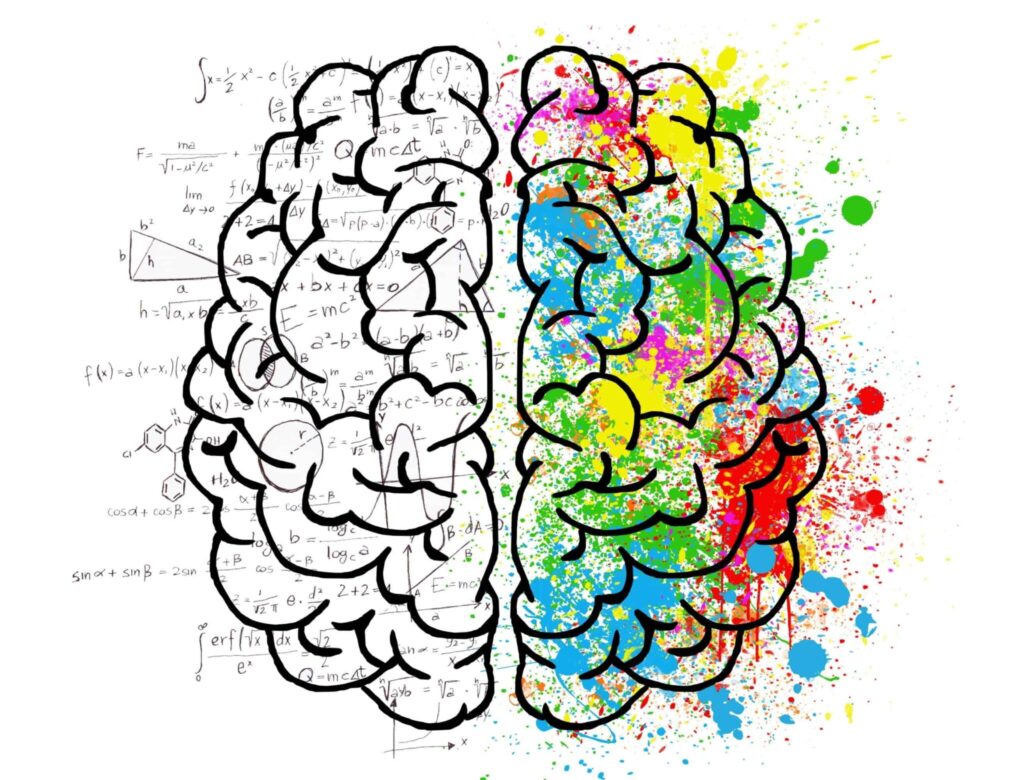Cognitive Distortions What Are They?
You’ll find them in the APG manual. You’ll need to know the content of these and my preference is that you know them well, so that is why in this reflection I will present you with an understanding of them. What are they? The Cognitive Distortions. They are included in the APG (Self-Leadership) training manual. I hope you don’t quickly skim over them as they are an important part of clarifying how we think and how our thinking is error prone. So, with that in mind I will present you with this additional material in the hope that you’ll have more information to use when you learn them in your next APG.
Background:
The Cognitive Distortions originated from Aaron T. Beck and his work in modelling depression back in the 1960’s. Beck is considered one of the founders of Cognitive Therapy. A student of his, David Burns took Beck’s work and titled them Cognitive Distortions which he presented in his book “The Feeling Good Handbook” released in 1989. Both Beck and Burns work in this area contributed to the formation of the field known as Cognitive Behavioural Therapy (CBT).
While the title, Cognitive Distortions lends them to being framed as negatives and the suggestion in Beck’s work is for them to be eliminated. Each one of them can be used to interpret a situation incorrectly and they can also be used as multiple patterns stacked one on top of the other (Meta-Stating errors in thinking).
The original work had 16 distortions and 14 of these are listed in the APG manual. In this reflection I will cover 8 of the categories listed in the APG manual to begin with. The ones in the manual are from the work of Beck and Burns and a couple are from Albert Ellis.
1: OVER-GENERALISING:
This where a person takes a negative they experience in one context and you put it across context’s. They will use the language patterns of all – always, never, nobody everybody and focus on intensifying the situation by overgeneralising the meaning and their emotion. Often resulting in the person having a sense of being isolated. It can be interpreted as a never ending cycle.
The way to address this is to show an exception to their generalisation or have them focus on the context which is specific to the issue and isolate them to eliminate their generalising.
2: ALL or NOTHING THINKING:
Words used to identify this error are “You’re either with more you’re not.” It’s the language of no middle ground. Where the person thinks in “black or white thinking” which is also another name for this error.
The way to address this is to have them begin to think in degrees. To highlight steps and stages rather than all or nothing.
3: LABELLING:
This when a person thinks in terms of black and white thinking and sets a frame (label) about themselves in a negative way saying things like “I am nothing, I am no good.” They have labelled themselves and set aside that they are more than any label they or others say they are.
4: BLAMING:
Unwilling to take on the responsibility for something they are responsible for is the usual use of this word. This requires the person to take ownership for what is their responsibility. Avoiding excusing and deferring responsibility puts a stop to blaming.
5: MIND-READING:
This where the persons thinks they know what someone is thinking. “I know what you’re going to say.” this is an example of mind-reading. Clarifying for them “how do you know that exactly?” is a start to uncover they are mind-reading and need to eliminate negative mind-reads.
6: PROPHESYING:
Thinking of the future in a negative way is prophesying. It’s a negative form of future pacing. Asking the person to clarify how they know with certainty that what they predict will happen, is one way to work with eliminating prophesying. Another is asking what the quality of their prophesying is and also how would they like the future event to turn out? This approach will help minimise this thinking error.
7: AWFULISING:
This thinking error is focused on generating the worst possible scenario for a situation. It is an extreme form of generalising where the person is making the situation terrible, sensational, horrible and awful by thinking in this way. Making negative meanings and intensifying them more than the situation requires, is awfulising. (This thinking error is from Albert Ellis and REBT).
8: SHOULD-ING:
When a person says “I should do this or that.” Rather than saying “I want to do that.” When the use the word should they are imposing on themselves or others. By “shoulding” on ourselves we are saying we are obligated to do something, yet we may not actually want to do it. This is true when we say “should” to others. In doing that we are imposing our preferences on another and it may not be required or appreciated.
A simple way to work through shoulding is to replace the word with choose or choice. This would sound like “ I have a choice to do this or that.” Rather than imposing and the person feeling obligated they now have the power to choose what they do or do not do. A variation of this error is found when using the word “must.” Albert Ellis uses must in place of the word should resulting in a similar outcome.
So there you go, I’ve listed and explained 8 of the Cognitive Distortions. I hope this information will add to your presentation of them. They have uses in both training and coaching. You’ll need to practice hearing each of them and I recommend you use the Meta-Model to reveal them in greater detail as a useful technique to assist in correcting these errors in thinking.

